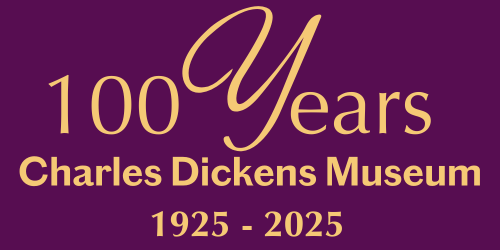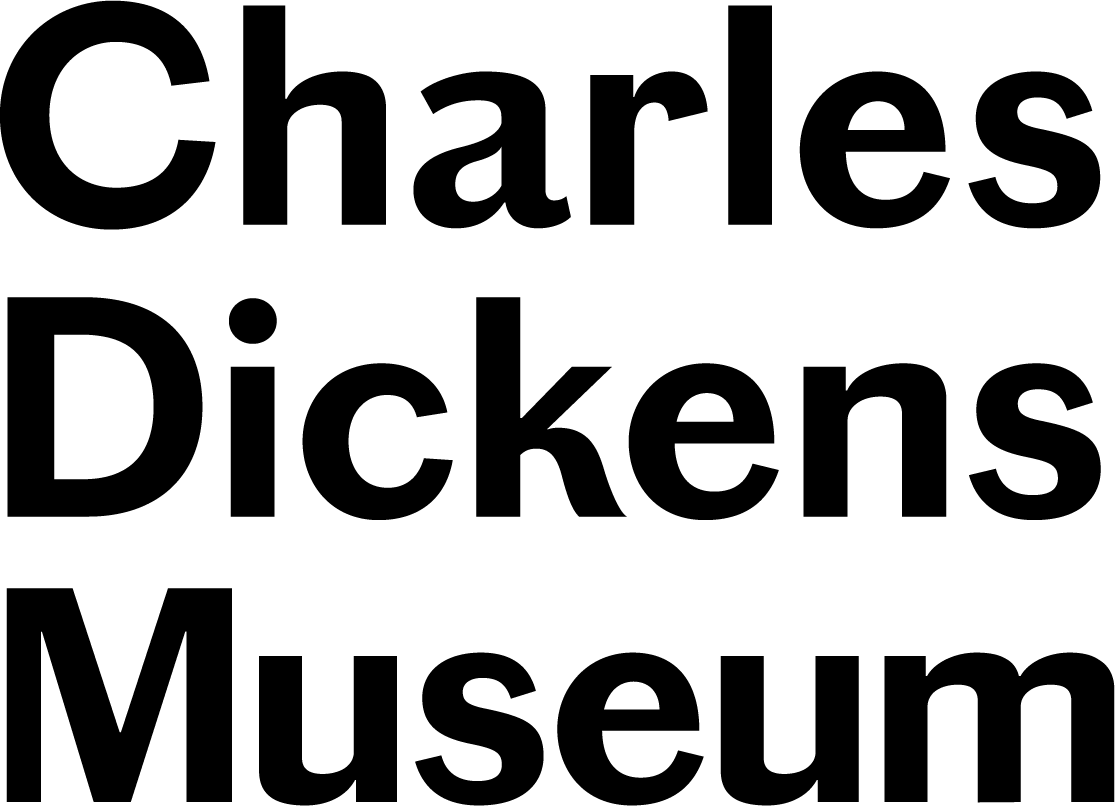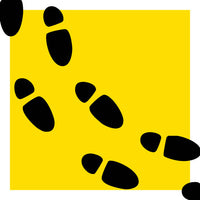Accessibility

We want to make sure that everyone is made to feel welcome at the Charles Dickens Museum. Here you can find some details about how we can help facilitate your visit if you have additional access requirements. If you have any questions or worries, you are more than welcome to give our team a call on 020 7405 2127 or through email info@dickensmuseum.com.
Quick Tips
- Carers are admitted free of charge.
- VI Audio Guides are available from the Shop.
- An accessible toilet is located on the first floor, next to the lift.
- Due to the limited amount of space in some of the rooms, pushchairs or prams are not permitted in the historic house. They may be left in our cloakroom.
General Layout
Entry to the museum, the ticket desk, shop and cloakroom are all step free from the street level. The café and gardens are accessed via one small step, however we also have ramp access available.
The historic house is spread across 5 floors, so there are quite a few staircases at the museum. These are mostly carpeted and the same width and steepness as most household staircases.
There is a visitor lift connecting 4 levels of the house. This is a platform lift, which means it needs to be operated by a member of the museum team. If you need to use the lift, simply ask at the ticket desk upon arrival. Our team are a friendly bunch and will be more than happy to escort you to each floor. We also have an accessible toilet on the first floor.
Your visit begins on the ground floor, which is all level. Loud noises can sometimes be heard from the road outside, or from the café which is located (though not accessible from) the back of the historic house. You may also find that food can be smelt at peak times, such as lunchtime. Lighting throughout the historic house is slightly subdued as we use sun filtering blinds throughout. There is seating in the hallway and the Morning Room which you are welcome to use.
From the ground floor, visitors head to the basement level. The stairs to the basement are one of two stairs used for two way traffic. It is uncarpeted, and it can be a bit squeaky. The basement is a quiet part of the house. It is completely level and it can be colder than the rest of the property. In Summer months the window and cellar door (leading to an outside space) are kept open. Dried herbs are hung in the Preparation Room which can be smelt throughout the basement level. The lighting levels can be slightly dimmer on these floors too, and the basement is mostly lit with artificial light. There are chairs in the kitchen which you are welcome to use.
Visitors then go up two floors to the first floor. The first floor is quiet, but can still occasionally pick up noise from the road outside. The floor is level throughout, and the accessible toilet can also be accessed on this level. Seating is available in the Drawing Room and at the back of the first floor exhibition room.
The second floor is similar to the first, but a bit quieter. There is also a designated quiet space in the Reading Room, which is at the back of the second floor exhibition rooms. Seating is available in the Mary Hogarth Room and the Reading Room.
The attic level is not accessible with the museum lift. The stairs up to the attic are uncarpeted, so are a little noisier when in use. They are also the only other staircase which is a two way stair. The nursery and the servant's bedroom occasionally have soundscapes as part of the visitor experience, and these are triggered by movement, so can sometimes be a bit surprising. The attic can sometimes be a bit hotter than the rest of the historic house. Seating is available in the nursery.
Visitors exit the historic house through the second floor exhibition room and down the staircase of number 49. The toilets are located on the landing of these floors, and the hand dryer can echo up the stairs at surprising intervals. Noise from the shop or boardroom can sometimes travel up these stairs too.
The café and gardens are accessible from the ground floor of number 49. The café can be quite busy, however the garden is surprisingly quiet, even when busy. Only food and drink purchased in the café can be consumed in the café and gardens. There is ample seating throughout the café and garden areas.
Wheelchair / Limited Mobility Access
Wheelchair users and people with limited mobility are very welcome at the Charles Dickens Museum and our team will assist you in using the lift between floors. You are able to enter all of the rooms on each floor, which provides enough space to reverse or turn in a wheelchair.
An accessible toilet is available on the first floor, and there are handles on each side of the toilet to assist with transferring.
The only section of the museum which is not accessible by lift is the nursery and servant's bedroom on the attic level. You can see these rooms by exploring our interactive digital tour.
Because the historic house is an old home with some narrow corridors and doorways, we regret that some types of larger, electronic wheelchairs may not be able to access the museum. Please get in touch with us if you want to check the dimensions of your electric wheelchair and our team will gladly help. 020 7405 2127 / info@dickensmuseum.com. We are unable to accommodate mobility scooters.
Seating is available on every floor of the historic house. If you have any requirements while visiting the Charles Dickens Museum, please speak to any member of our team (our room stewards all wear blue, branded lanyards) and we'll be pleased to assist you as best we can.
Assistance Animals
We understand that some visitors will require the support of an assistance dog and we are happy to admit appropriately trained dogs. Assistance dogs registered with Assistance Dogs International (ADI), Assistance Dogs UK (ADUK) or the International Guide Dog Federation (IGDF) are always welcome if visitors can show Museum staff an appropriate ID book.
If your assistance dog is not registered with ADI, ADUK or IGDF, please contact us in advance of your planned visit with documentary evidence confirming that your dog has been trained as an assistance dog by a recognised trainer.
If you require use of an assistance animal which is not a dog, please get in touch with us and we'll do our best to accommodate your requirements. We regret that we cannot allow all animals access to the museum, nor assistance animals which are not officially trained.
Audio Description
The Museum has audio-described information and a tour for blind and partially sighted visitors, developed in partnership with VocalEyes.
Listen to this ten minute audio-descriptive introduction to the Museum for a brief overview of the building, services and what you can expect to see.
When you arrive at the Museum, listen to this audio-described tour arranged in separate tracks with directions to help you navigate the house.
Or alternatively the tour is available in a single track recording.
Driving to the Museum
The parking outside the Museum is metered; there is access to parking bays with a valid Blue Badge. This is subject to local restrictions. More information can be found on the Camden Council webpage.
Accessible Virtual Tours
The museum offers private virtual tours for groups. Tours are interactive and tailored to the needs of participants. To find out more, or to make a booking, contact our events team who will be happy to help.
Other Tips
The museum has a baby changing facility in the accessible toilet on the first floor.
We don't have an adult changing facility onsite. The nearest adult changing facility is at Kings Cross Station.
The doors to all of the rooms which can be accessed are kept open, so you will not need to open or close doors while at the museum.
The lift buttons are reachable from a seated position, however it will be our staff members who operate the lift on your behalf.


